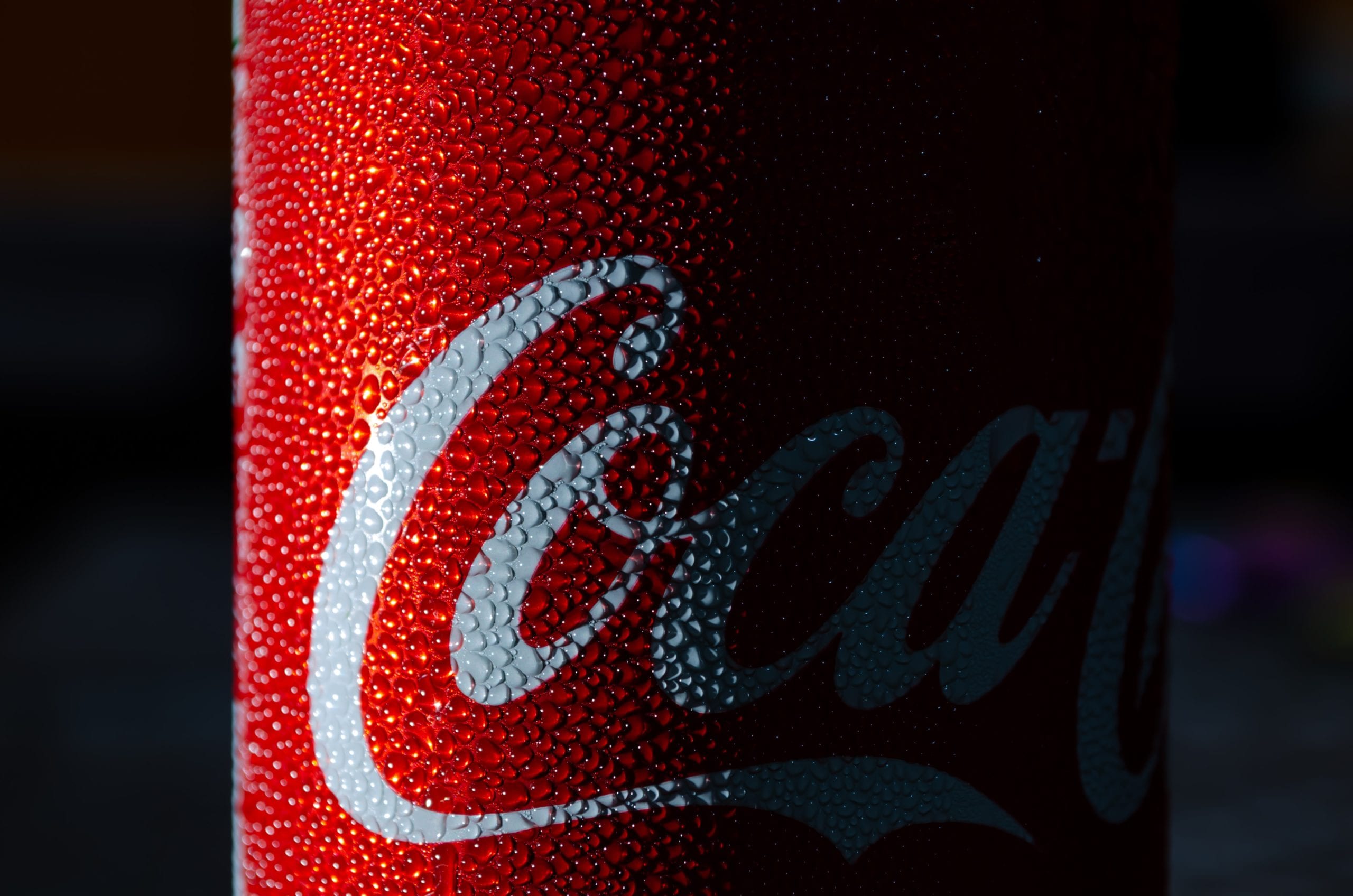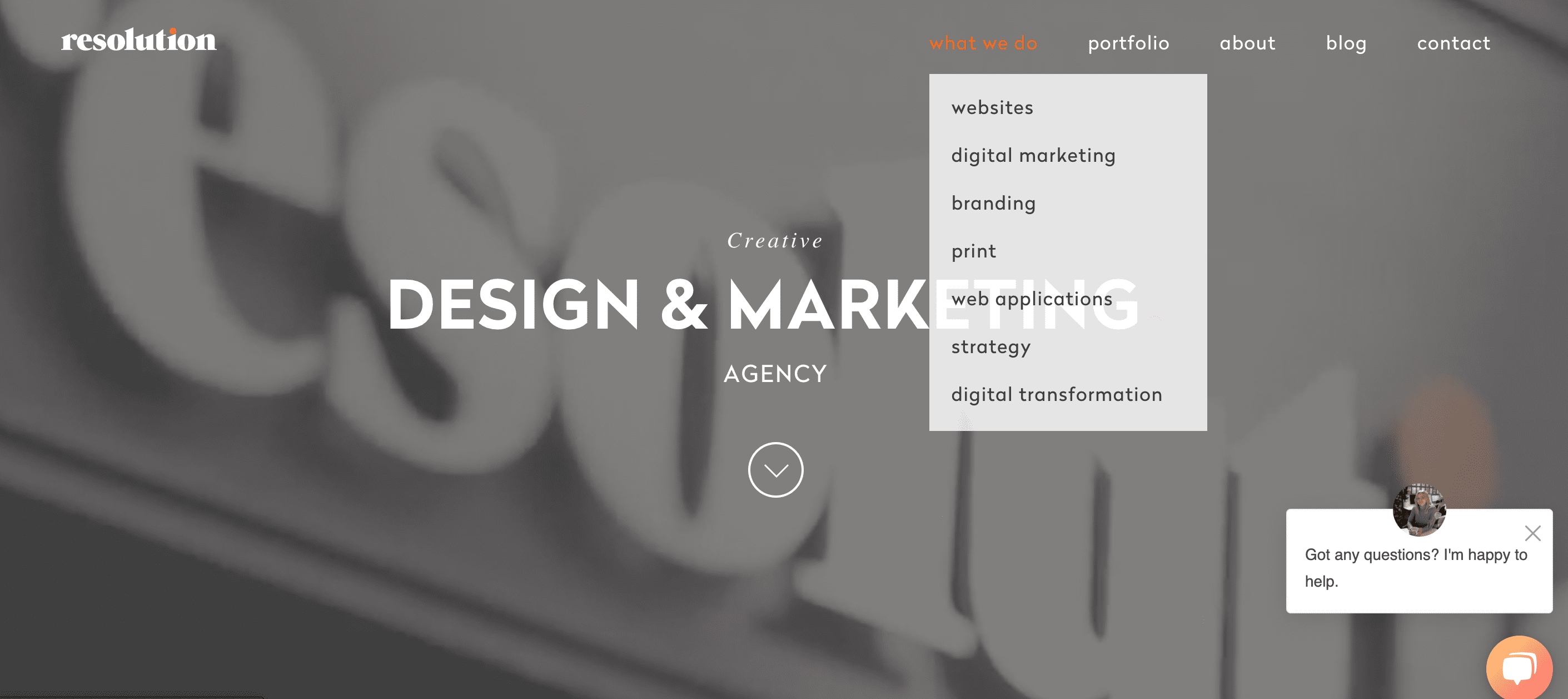PG Tips or Yorkshire Tea? Costa or Starbucks? Why do certain brands hold more sway than others? Marketing psychology.
To witness the colossal might of the human psyche, all you need to do is watch Shop Well For Less or read about the Pepsi/Coke experiment: during both, personal preferences are overridden by perceptions of brand alone – repeatedly so.

Our minds are probed by multiple mental feelers each time we engage with a business – doesn’t matter if it’s selling computer software or bath salts.
The mark of the most successful brands is an ability to interpret and cater to customers’ psychological algorithms – that’s why we love talking marketing psychology, here at Resolution.
Want to win more hearts and minds? Check out these 5 fascinating principles…
1. The Frequency Illusion
Somewhere in the realms of consciousness, you register the arrival of a new product – maybe a co-worker mentioned it, or you heard about it on the radio. Suddenly, it’s everywhere: an online ad, on TV, on your friend’s Instagram feed. Are you going mad? Or are you just destined to purchase this product?
Neither. Instead, you’re experiencing The Frequency Illusion, also known as The Baader-Meinhof Phenomenon.
It’s triggered by two mental processes, starting with selective attention. This kicks into action when we observe a new thing, concept, or word; we then unconsciously look out for it, and, subsequently, spot it more often, which magnifies our perception of its pertinence.

Next, confirmation bias enters the mix, reinforcing our belief that we are witnessing this new entity ‘everywhere’ – along with the notion that it’s enjoying widespread adoption.
The Frequency Illusion underscores the importance of lead nurturing. From a customer’s first visit to your site onwards, you need to continue sowing seeds of interest, reminding them of your brand offering.
This doesn’t need to be complicated: you can cultivate the semblance of omnipresence using tools such as targeted mailings, Google Ads, and a strong visual identity that’s replicated on every platform you use.
2. Not Invented Here
A useful one to bear in mind if you’re considering global expansion. Not Invented Here is a social phenomenon that causes us to feel averse to trying ideas or products that originate from outside of our cultural group.
In other words, if your new audience doesn’t understand, relate to, or feel familiar with your service or product, they’re less inclined to give it a chance.
All is not lost. There are simple steps you can take to break down barriers and shed your ‘outsider’ status. One is to feature the logos of trusted, widely known brands on your website.

For example, if a reputable media site has endorsed your service, you could add a link to this. If you’ve earned credentials from a respected standards body, featuring their emblem will reassure customers that you are legitimate. It’s all about instilling positive associations.
Another way to ingratiate yourself with a new audience? Align yourself with popular businesses or figureheads. This could range from forming a partnership to a basic exchange of comments on social media. On a larger scale, this tactic can be seen at play in celebrity endorsements.
3. Paradox of Choice
Ever gone on a website, seen a drop-down menu’s never-ending list and thought, ‘I don’t have the will’? Us too.
And with good reason. The principle known as Paradox of Choice postulates that, beyond a particular baseline, the greater the number of choices we face, the more overwhelmed we feel. When we’re overwhelmed, we’re unlikely to make purchasing decisions.
While Paradox of Choice highlights the importance of offering customers the freedom to choose, too many options can be counter-productive and actually drive customers away. As a result, this principle has a critical bearing on every aspect of your marketing, from your website to your campaigns.
Whether you’re designing a landing page, crafting product descriptions, or creating an email, try to observe a minimalist yet impactful layout:
- Rather than bombarding the viewer with information, only put forth a few essential points, built around your CTA.
- Try to balance pithy copy with select visuals.
- Make the customer journey clear yet engaging, so your desired course of action feels intuitive and straightforward.
4. Prospect Theory
Prospect Theory outlines the biases at play when we’re given several courses of action to choose from – and explains why, once you’ve won ‘em over, customers tend to stick around.
The first bias marketers should account for is Certainty: we assign more value to paths that appear to provide a higher degree of certainty, even if the overall ‘win’ is less than that promised by other, less ‘secure’ roads.

The second bias to consider is Loss Aversion: our reaction to loss impacts us more than our reaction to gain, so we behave in ways we believe will reduce the chance of loss – even when the probability of loss is minuscule.
It’s wise to factor Prospect Theory into your CX design and your marketing. Both must build trust, empathise with customers’ concerns, and incorporate the ideal solution to their given problem. When you achieve this, you reassure your audience that you’re a safe bet.
Take an e-commerce website, for example. Visitors may feel reluctant to search for a product they want, for fear the process will be too time-consuming and yield zero results. Your design can anticipate this by including filtering capabilities to streamline searches, along with well-organised product categories.

A new shopper’s sense of jeopardy can be minimised by gifting freebies such as 30-day trials and money-back guarantees – also useful tools when launching a product or service. Additionally, your blog and marketing copy can acknowledge and answer customer fears, positioning you as the agent of rescue.
5. Reciprocity
Marketing psychology 101, perhaps, but the principle of Reciprocity will always be key to customer acquisition and retention. Why? Because we’re reciprocal creatures by nature. When someone does us a favour, we feel we have to return the sentiment.
Your marketing can tap into this instinct by trading goodwill for customer loyalty. This could take the form of useful blog posts, free whitepapers, or other complimentary public content, designed to fulfil the needs of your buyer personas.

Another classic staple of reciprocity used by brands? Exclusive discounts. Think loyalty cards, birthday deals, and first access to sales, perfect for forging brand-customer bonds based on loyalty and exchange of value. You scratch my back, I’ll scratch yours.
We hope you enjoyed our marketing psychology insights. If you’re interested in finding out more, check out our thoughts on colour theory, Social Proof, and The Cocktail Party Effect.
